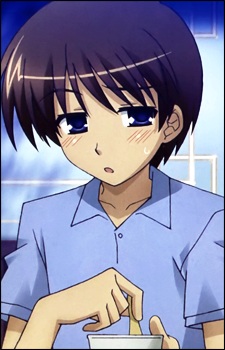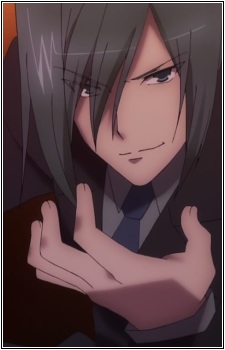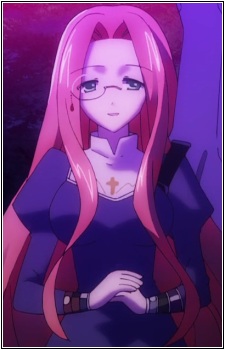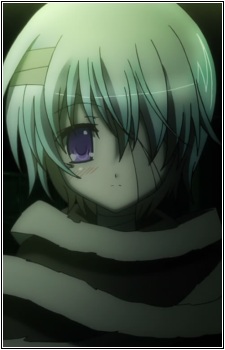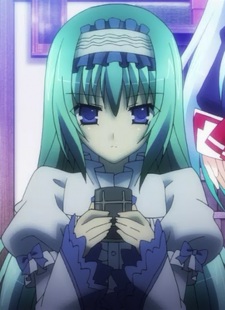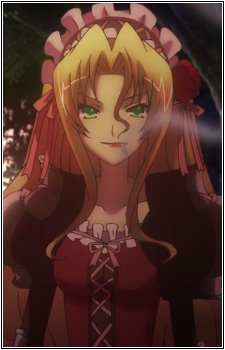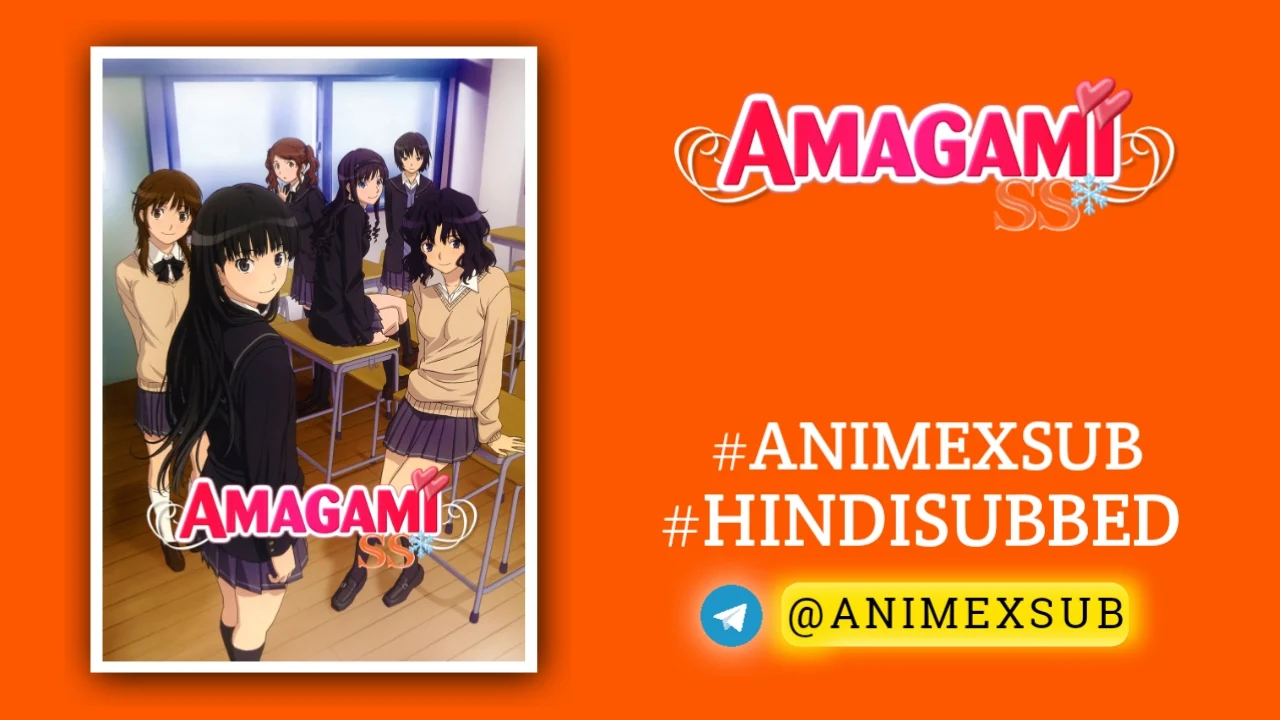
C³ – CubexCursedxCurious Hindi Subbed [12/12] | C³ Season 1 Hindi Sub

C³
C3Synopsis
From the light novel series written by Minase Hazuki, comes a story of love, action, and comedy. Yachi Haruaki is a high school boy who is naturally resistant to curses. After his father sends him a mysterious black cube, Haruaki awakes to find a nude girl named Fear standing in his kitchen. She’s the human form of the cursed black cube – and an instrument of torture! Utilizing her special abilities, Fear fights alongside Haruaki to defeat other cursed instruments and their owners. (Source: FUNimation)
Characters
C³ (Cube×Cursed×Curious) Season 1 Review: A Bold Blend of Supernatural Action and Emotional Depth
C³ (Cube×Cursed×Curious), a 2011 anime adapted from Hazuki Minase’s light novel series, is a fascinating yet flawed gem that blends supernatural action, comedy, and psychological drama. Season 1, spanning 12 episodes, introduces viewers to a world of cursed artifacts and the human connections that seek to redeem them. This review dives into what makes C³ stand out, its unique strengths, and where it stumbles, offering a fresh perspective on a series that deserves more attention than it often receives.
A Premise Packed with Potential
At its core, C³ follows Haruaki Yachi, a high school student with a natural resistance to curses, who receives a mysterious black cube from his father, an avid collector of cursed objects. The cube transforms into Fear Kubrick, a silver-haired girl who is both a cursed tool—an instrument of torture with a dark past—and a person desperate to break free from her violent legacy. As Haruaki and his allies, including the stoic Konoha Muramasa (a cursed sword in human form) and the enigmatic Kirika Ueno, confront threats from organizations seeking Fear’s power, the series explores themes of redemption, identity, and the weight of past sins.
What sets C³ apart from other supernatural anime of its era is its focus on anthropomorphic cursed objects. The concept of tools imbued with malevolent histories gaining human forms is inherently intriguing, offering a lens to examine human nature through objects designed to harm. Fear, as a torture device turned teenage girl, embodies this duality—her childlike curiosity and gluttony for rice crackers clash with her guilt over centuries of bloodshed. This setup promises a narrative that’s both action-packed and introspective, and C³ delivers on both fronts, though not always consistently.
Strengths: Emotional Resonance and Visual Flair
One of C³’s greatest strengths is its ability to balance high-octane action with emotional depth. The series doesn’t shy away from Fear’s traumatic past, using flashbacks to depict her origins as a tool of suffering. These moments are handled with surprising sensitivity, avoiding gratuitous violence while conveying the horror of her existence. Her journey to atone for her past, supported by Haruaki’s unwavering kindness, creates a compelling emotional core. The dynamic between Fear and Haruaki feels genuine, rooted in mutual vulnerability rather than forced romance, which is refreshing for a genre often reliant on harem tropes.
The supporting cast adds further layers. Konoha’s reserved demeanor hides a fierce protectiveness, while Kirika’s complex relationship with her own cursed nature introduces moral ambiguity that keeps the narrative unpredictable. The series shines in quieter moments, like Fear’s attempts to adapt to human life or the group’s banter, which grounds the supernatural elements in relatable human connections.
Visually, C³ is a treat. Produced by Silver Link and directed by Shin Oonuma, the animation is vibrant, with fluid fight scenes that showcase the destructive potential of cursed tools. Fear’s transformations into various torture instruments are creatively rendered, blending grotesque imagery with sleek design. The color palette shifts seamlessly between bright, comedic scenes and darker, atmospheric battles, enhancing the show’s tonal range. The soundtrack, featuring Yukari Tamura’s “Endless Story” and Eri Kitamura’s “Yuki Hana” as opening and ending themes, complements the mood, with haunting melodies underscoring the series’ heavier moments.
Weaknesses: Pacing and Unfulfilled Ambition
Despite its strengths, C³ struggles with pacing and narrative focus. The first half of the season sets up an episodic structure, introducing new cursed tools and their wielders, which can feel repetitive. While these episodes flesh out the world, they often delay the deeper exploration of Fear’s past and the larger conspiracy surrounding cursed objects. The second half picks up with a more cohesive arc involving Alice Bivorio Basskreigh, a fanatical antagonist, but the resolution feels rushed, leaving some plot threads—particularly Kirika’s backstory—underdeveloped.
The series also juggles too many genres at once. It wants to be a comedy, a supernatural thriller, a character drama, and occasionally a fanservice-laden romp, but it doesn’t always blend these elements smoothly. The fanservice, while not overwhelming, feels out of place in scenes meant to carry emotional weight, undermining the show’s more serious aspirations. Critics like Gabriella Ekens from Anime News Network have noted the unoriginal plot and underdeveloped characters, though they acknowledge its entertainment value. Similarly, Tristan Crocker from Anime Herald called the story “underdeveloped” but a “fun surprise,” highlighting the show’s polarizing nature.
Standout Episodes and Themes
Episode 1, “I Don’t Know What Moved Into My Futon,” sets the tone with its mix of humor and mystery, introducing Fear’s quirky personality and the eerie concept of cursed tools. Episode 5, “Even if I’m Cursed,” is a high point, featuring an intense battle against Peavy Barroy that tests Fear’s resolve and showcases the group’s teamwork. The final episodes, particularly Episode 11 (“The Fanatic is Somewhere”) and Episode 12 (“The Transcendentals are Everywhere”), deliver thrilling confrontations and emotional payoffs, though they leave viewers wanting more closure.
Thematically, C³ excels at exploring redemption through empathy. Fear’s struggle to overcome her cursed nature mirrors real-world questions about whether one can escape a painful past. The series suggests that healing comes not from erasing history but from forging new connections—a message that resonates deeply in Haruaki’s determination to protect Fear despite her flaws.
Why C³ Stands Out
Unlike many anime of its time, C³ takes risks by centering its story on morally complex characters and a unique supernatural premise. It avoids the trap of becoming a generic action series by prioritizing character-driven storytelling, even if it doesn’t always stick the landing. Its blend of horror, humor, and heart feels distinct from contemporaries like Bleach or Shakugan no Shana, offering a fresh take on the “monster of the week” format with a focus on personal growth.
Final Verdict
C³ Season 1 is a bold, uneven experiment that shines when it leans into its emotional core and creative visuals. While pacing issues and genre overload prevent it from reaching the heights of its potential, its unique premise and compelling characters make it a standout in the supernatural anime landscape. For viewers who enjoy action with a side of introspection and don’t mind a few rough edges, C³ is a hidden gem worth revisiting. It’s not perfect, but its ambition and heart make it a memorable ride.
Rating: 7.5/10 – A solid, entertaining series with room to grow, perfect for fans of supernatural anime with a focus on redemption and relationships.
Support Our Anime Community!
Love watching the latest anime? Help us keep uploading new episodes by join telegram channel ❤️
Join Now!


